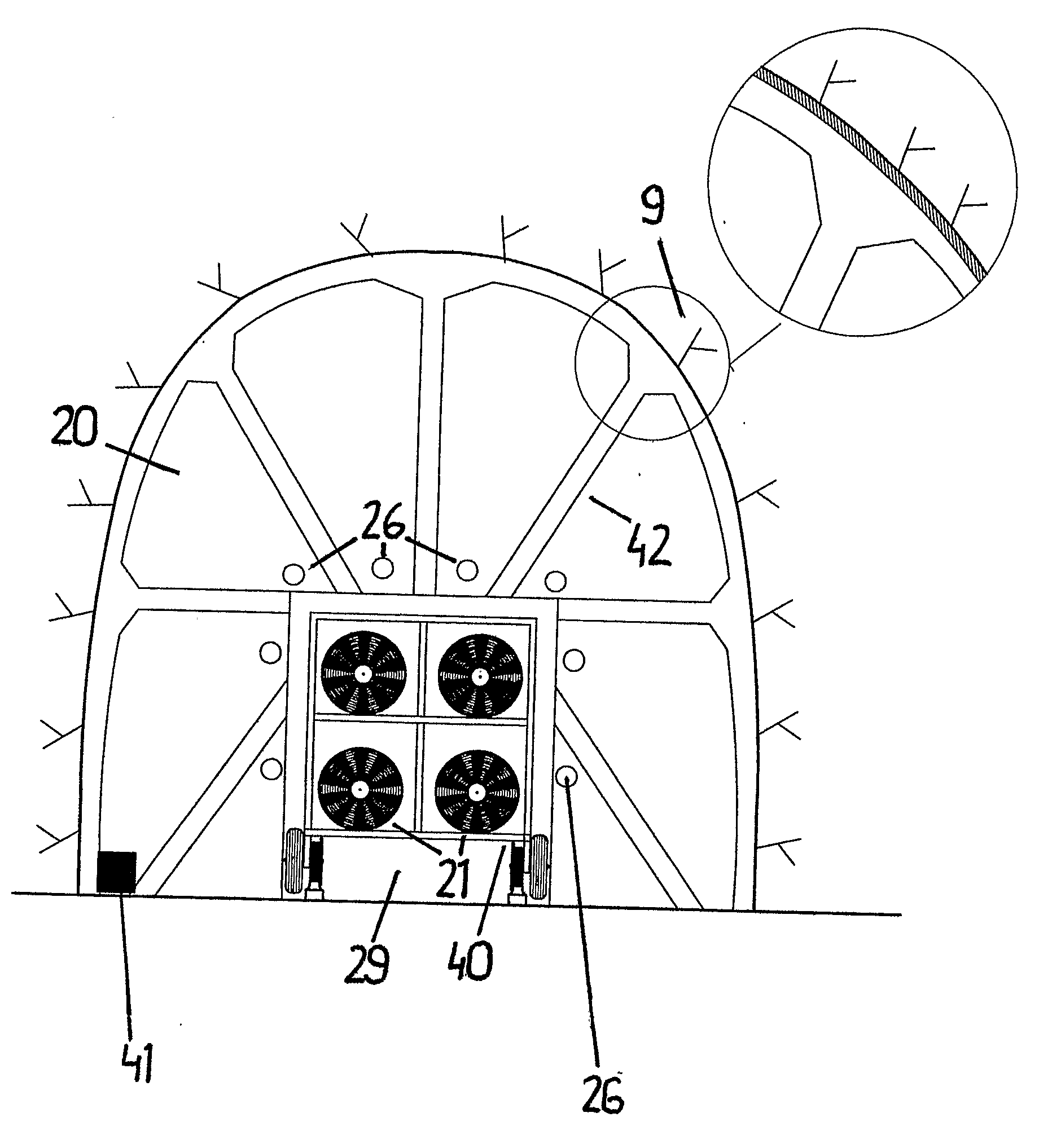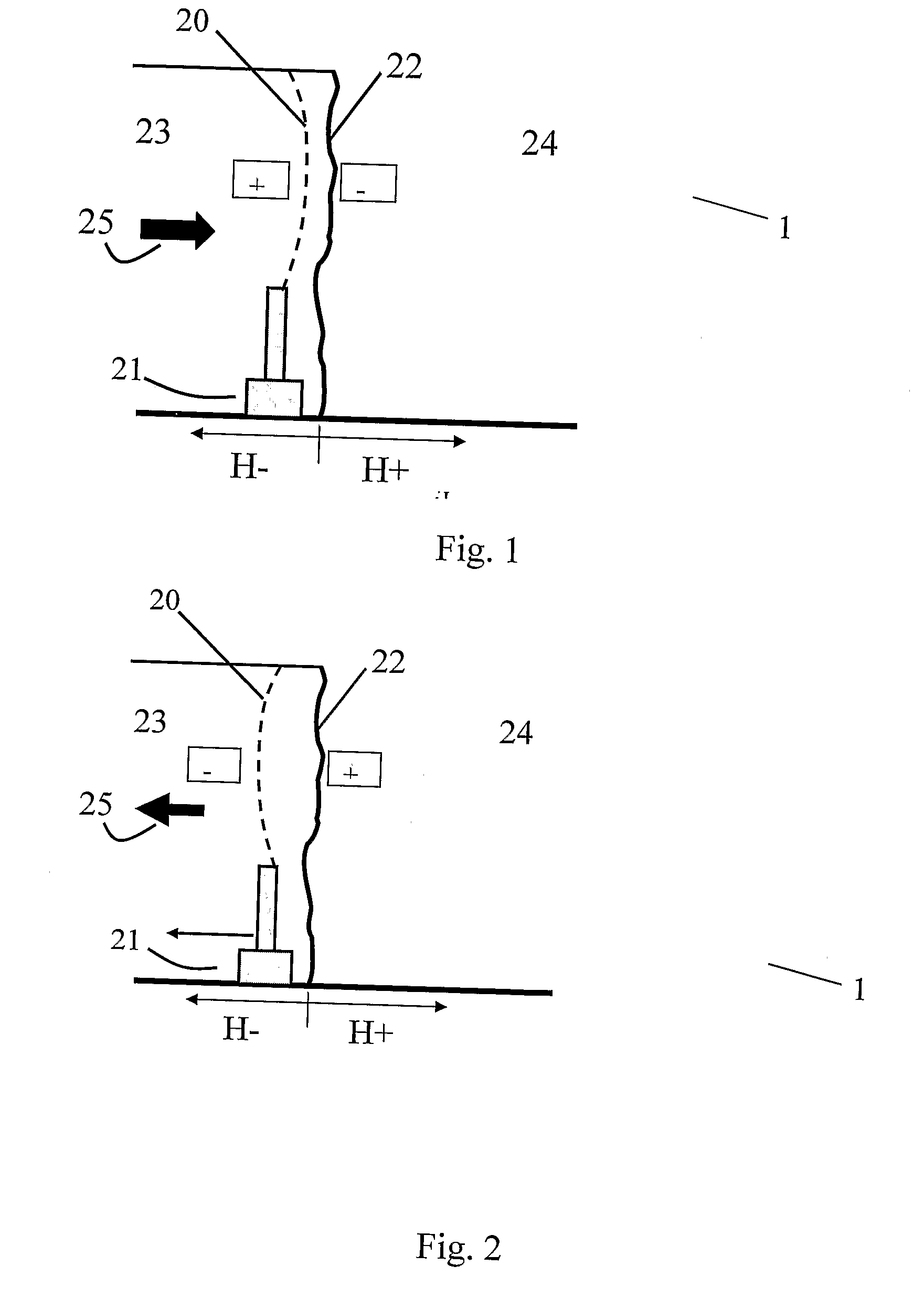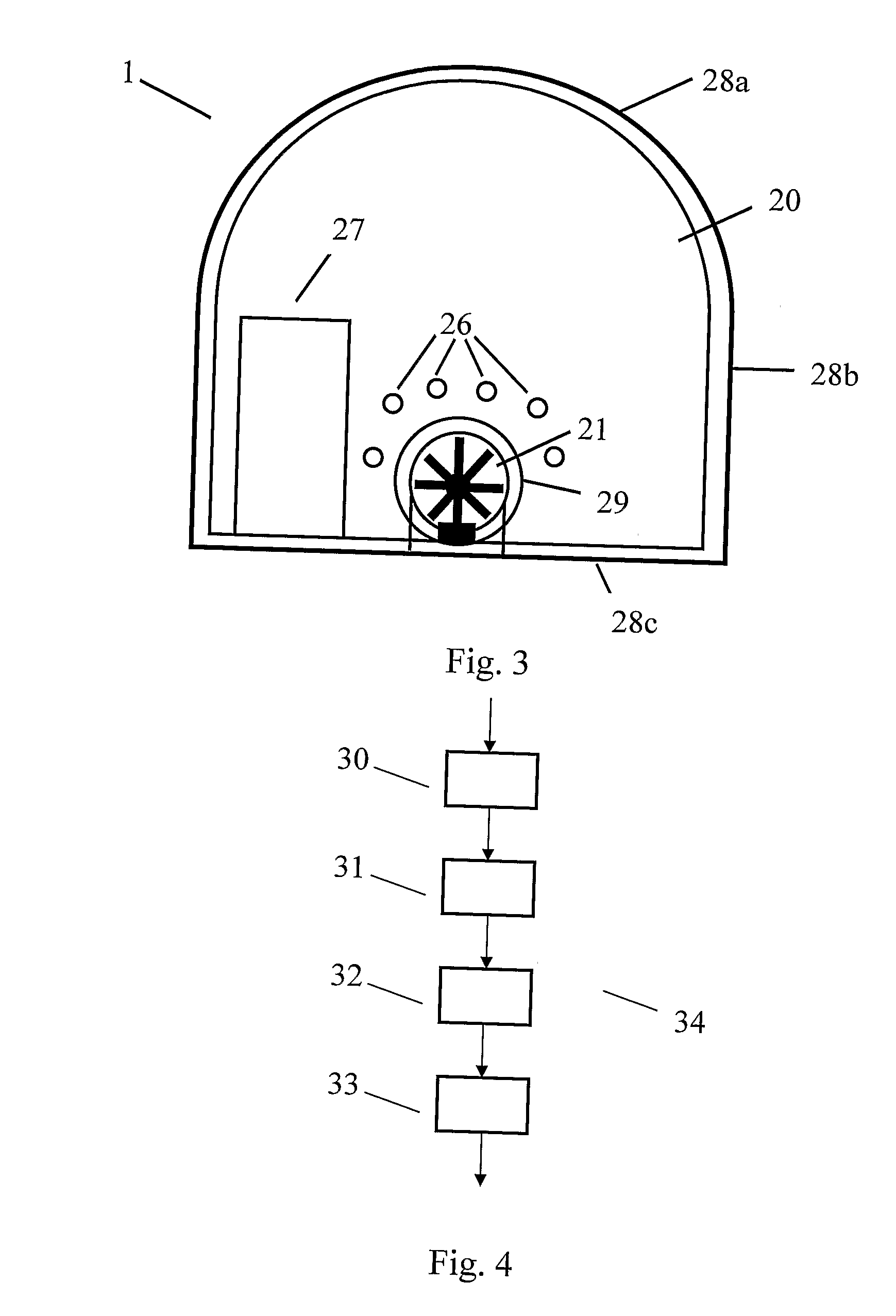Experience from major fire accidents in tunnels show that rescue operations at sites of fire or other events / accidents in tunnels raise problems for emergency services.
One of the problems arises from the fact that the great majority of tunnels usually are underground, limiting the number of exits / entrances.
Another problem is that, usually,
smoke cannot be ventilated away vertically from a fire in a tunnel; the tunnel becomes filled with smoke.
Most modern road tunnels currently in use are ventilated by means of a fixed installation of a longitudinal ventilation
system in the tunnel chamber, which can be used in the event of fire, whilst most types of railway tunnels and technical supply tunnels lack any possibility of removing smoke from a fire by means of ventilation.
This means that, in many cases, the emergency services have great difficulty in carrying out fire and rescue operations.
This aspect of safety concepts seems, by and large, to be very poorly analysed and very few pertinent analyses are officially available, in disparity with most other aspects of the safety concept for tunnel environments.
As a consequence there is no possibility to control the spread of smoke and large parts of such tunnels fill with smoke during a fire.
This seriously weakens the possibilities of carrying out effective rescue operations and saving lives.
Without feasibility for fire ventilation the spread of smoke from a fire in a single tubular tunnel can entail advanced smoke-helmeted operations before fire-fighting can commence.
Such actions may need to take place in a smoke-filled area, which means that the personnel involved need protective clothing and equipment.
Such actions may also need to be carried out in a
dangerous environment with smoke and high levels of heat
radiation, which means that the personnel taking part may need protective clothing and equipment.
These actions, too, may need to take place in a
dangerous environment with smoke and high-level heat
radiation, which means that the personnel may need to have protective clothing and equipment.Actions in a tunnel to rescue or assist people and facilitate survival in the tunnel.
These actions may also need to take place in a
dangerous environment with smoke and high-level heat
radiation, which means that the personnel may need to have protective clothing and equipment.Ventilation of a tunnel to control the flow and direction of smoke in the tunnel.
This method will probably requires large resources if the number of people injured is high.
Rescue operations in tunnels require a major part of the taskforce working in a smoke-filled environment, if the ventilation available cannot ensure a smoke-free environment for the work involved.
The range of a smoke-diving operation is limited partly by regulations for industrial welfare, which govern the form of an operation, and partly by the possibility of getting close to the site of the fire because of the environment in the tunnel and access to breathable air.
When it comes to fires in tunnels the method has not succeeded in achieving an effective
airflow and thereby not the effect intended.
The result has been far from good as it has not been possible to create a sufficiently strong
airflow in tunnels.
This entails a hazardous
working environment for rescue workers and an inferior result of the emergency operation.
One problem that remains in respect of ventilation of a tunnel during a fire, or other similar occurrence, is to create a sufficiently large longitudinal
airflow along the length of a relatively long tunnel with no fixed fans.
 Login to View More
Login to View More  Login to View More
Login to View More 


